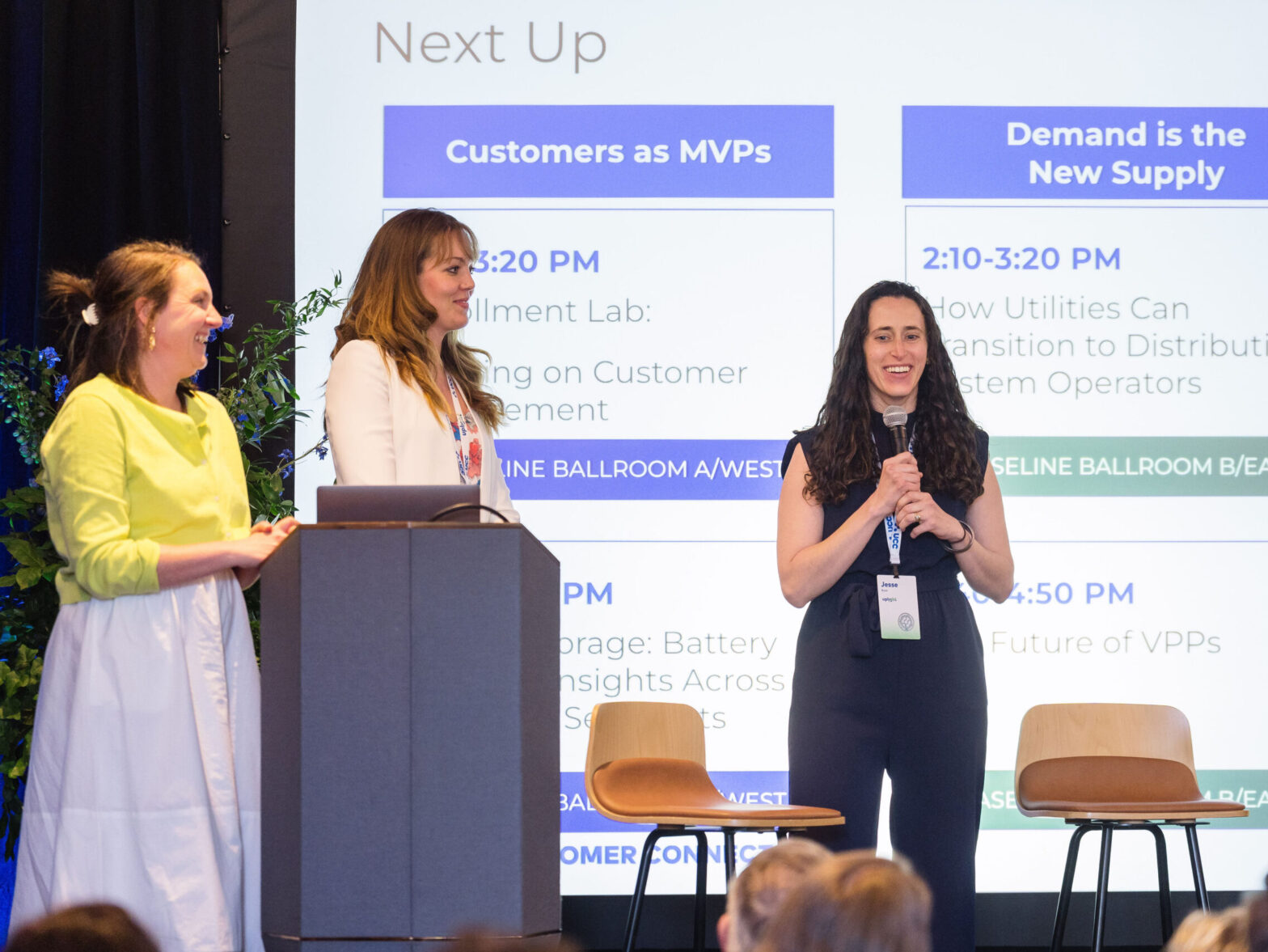When I hear someone say that “My utility represents over 1 million customers”, I often think to myself “more like 1.1 million.” It’s not just because I’m a stickler for numbers (which I am) but because of who those extra 100,000 customers represent: business customers.
For most utilities, residential customers make up ~90% of their customer base, and at least that proportion of day-to-day mindshare. However, the other 10% are business customers, which typically make up over 60% of most electric utilities’ load and revenue. Nearly two out of every three new utility programs and products is focused on this segment, and they often drive as much as 25% or more of operating costs. What is the takeaway here? Any effort to increase revenue, reduce costs or improve grid management from the customer side must include business customers, or it’s unlikely to succeed.
When most practitioners look to capitalize on this high-value segment, they often run into one key challenge: All business customers are not alike.
(hmmm….I may be understating this…let me rephrase)
Every business customer is different.
Every. Single. One.
They not only think that they are snowflakes, they really are snowflakes. A hospital has completely different energy needs and behavior than a small doctor’s office, even though they are both medical practices. Some office buildings have energy managers, others have building managers, and others even run their utility relationships through accounts payable. Even two Italian restaurants across the street from one another aren’t comparable – one is open for lunch onward, while the other has a larger kitchen and is open only from dinner until last call.
Personalization is the Key to Engaging Business Customers
The secret to strong performance in the business customer class is personalization. It’s actually not a secret–ask any account manager who deals with business customers day-to-day. Personalization means you need to know what business a customer is in, and be proactive and consultative in addressing their needs. Just as business customers will tune out uninformed account managers, they are even more likely to tune out uninformed call center agents, portals, emails and alerts. They simply don’t have the time to indulge anything that isn’t focused on their priorities.
Using advanced data mining and load analytics, Uplight can distinguish at system scale level between a restaurant, a dry cleaner and a school to drive customer-specific segmentation and personalized marketing and service messaging. We can understand why bills are high or low, incorporating a myriad of factors like rate structures, weather and building operations to create simple answers that can be easily communicated by customer service reps, account managers, or better yet through self-service. We can connect the dots between programs like AMI rollouts, energy efficiency or electrification and service initiatives, for example converting a proactive high bill alert into a signup for a control systems upgrade program.
Let’s take for instance two buildings, that from the outside may appear similar in nearly every way – size, purpose, location and total energy use.
A Tale of Two Buildings
Building 1 is an energy efficiency program and CSAT dream – lots of low and no-cost savings available, primarily through better controls systems. The local building manager would respond well to opportunities from her utility to both improve the building’s comfort while reducing energy spend. She’s a great candidate for both ongoing alerts about unusual usage and targeted, personalized communications quantifying the benefits and costs of better building controls for her building.
Building 2, which looks from the outside exactly like Building 1, has a much higher cooling load, and is already well-controlled. When the utility communicates with the building management company for this building, the discussion should be around peak-shaving renewables or DR programs that reduce costs while improving the attractiveness of the space with onsite EV charging stations.
The only way to successfully engage these two business customers and deliver on huge potential promise in CSAT, EE/DSM, renewable and/or electrification potential is to use their energy data to create a more personalized, value-added customer interactions for each one. Further, the data and insights must be fully scalable and accessible to customers via regular engagement systems like CRMs, customer portals and marketing automation. It’s not sustainable for utilities to handpick each building to analyze and then manually create interactions for each one, or worse yet, expecting account managers and call center reps to do it themselves.
The Impact of Business Customers Engagement
The impact of successfully connecting with these business customers is huge. Building 1 and Building 2 each currently pay for twice as much energy in a day than most houses use in a month. When engaged with personalized messages, they open communications 2-3 times as often, double their use of low-cost digital services, and double their conversion rates into utility programs. That’s a pretty powerful ROI for investment–something that utilities can’t afford to ignore.




